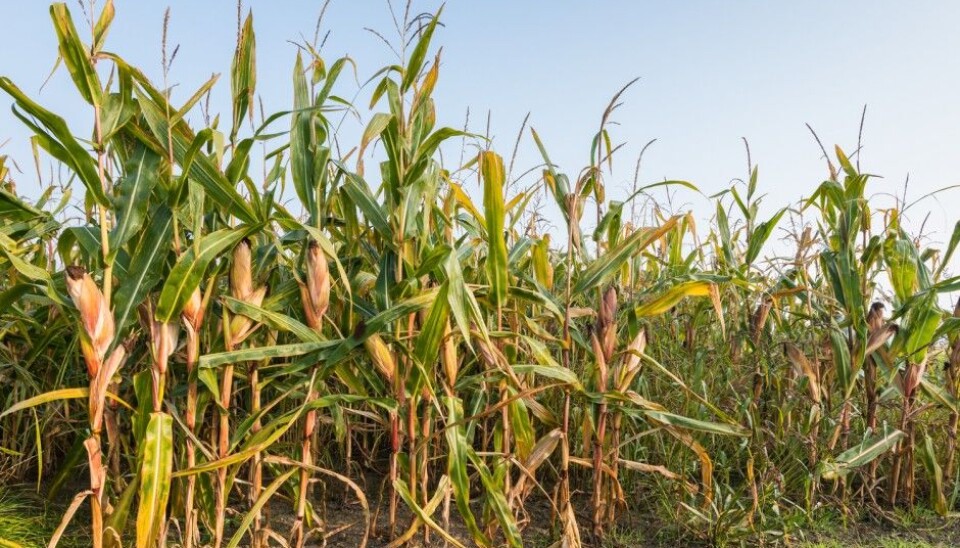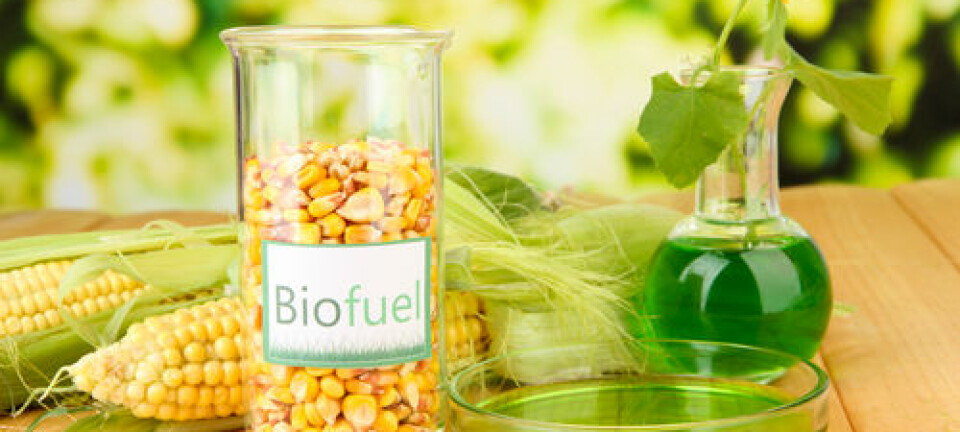
Can't agree on harmfulness of GMO maize
A Norwegian study suggested that GMO maize could potentially be harmful to the environment. But the study was dismissed by the European Food Safety Authority, who claimed the study was flawed.
A Norwegian study published earlier this year on a type of GMO crop showed that the kind of GMO in question, called Bt transgenic plants, had the potential to harm non-target species.
But in July, the European Food Safety Authority essentially dismissed the study, saying that it suffered from design weaknesses that made it difficult to accept the findings.
As a result, the EFSA did not use the study in its new assessment of the dangers of using Bt maize. The EFSA believes that the production of Bt maize is safe for the environment.
So are Bt transgenic plants harmful to the environment or not?
Popular in the USA
The main idea behind GMO crops is to increase production and reduce crop losses to insects and other pests. But opponents say that because GMOs are created by tinkering with the genes of an organism, sometimes by introducing genes from other unrelated organisms, we still don’t know enough about their unwanted or unanticipated effects on human health and the environment.
Nevertheless, if you’ve been to the United States in the last decade, you have almost certainly eaten GMOs, including Bt maize. The name reflects the fact that the maize has been altered using genes from the bacterium Bacillus thuringiensis. When a maize plant contains genes from the bacterium, it will produce a type of proteins as it grows, called Bt toxin, which can kill insects that damage maize crops.
People all over the United States regularly eat Bt maize and other genetically modified organisms, including soybeans and sugar beets. One 2015 tally of the types of GMO foods grown in the United States listed more than 30 different kinds of GMO maize alone, used in everything from livestock feed to high-fructose corn syrup.
Strict regulation in the EU, Norway
But the EU and the rest of Europe strictly regulate the use of GMOs. In Norway it is illegal to sell or promote food or feed derived from GMOs, such as genetically modified plants. In the case of Bt maize, the concern is that Bt toxins can harm non-target species — animals and plants in both the soil and water that are also exposed to the substance.
Thomas Bøhn and his colleagues at GenØk - Centre for Biosafety, a non-commercial foundation that studies the environmental, health and social consequences of genetic engineering and modification, decided to look more deeply into Bt maize and its effects.
Their study, published in March of this year in the peer-reviewed journal Food and Chemical Toxicology, found that Bt toxins were also dangerous for an organism known as the water flea, or Daphnia magna.
Water fleas are not one of the organisms that are targeted by Bt maize, but they are an important part of freshwater ecosystems. These organisms eat algae, filter the water for particulate matter and are an important food for fish.
“It’s disappointing and surprising that the EFSA is not taking this seriously,” says Thomas Bøhn, the GenØk researcher who was the first author behind the study.
The devil is in the details
Bøhn and his colleagues designed their study to investigate whether the same toxins produced by genetically modified maize had harmful effects on water fleas.
They measured the lifespan of water fleas exposed to the toxin, how fast they grew and how many offspring they had. The researchers specifically designed their study to look at results over the entire lifespan of the test group (78 days) rather than a short-term exposure study, typically 48 hours, which is a more common approach used in risk assessments.
Researchers randomly selected 120 juvenile water fleas and subjected 10 groups of 10 water fleas each to different concentrations of Bt toxins and a pesticide called Roundup. Twenty water fleas were not treated and were used as the control group.
Bøhn and his colleagues found that water fleas that had received the largest dose of toxins had considerably poorer growth rates, had fewer young and died earlier than water fleas that had not been exposed to the toxins. Water fleas that received the smallest dose of toxin reached sexual maturity more quickly than the control group, but their reproductive ability dropped sharply towards the end of their life compared to controls.
Major weaknesses, says the EFSA
“This is a surprising and important result. The toxins in question spread from millions of hectares where billions of Bt plants are farmed. Every cell of each of these plants produces Bt toxins and these become part of the food and the environment for organisms both in the soil and aquatic ecosystems around agricultural fields,” Bøhn says.
“When our results show that the Bt toxin affects water fleas, this means that these toxins are also potentially poisonous for other non-target organisms,” he said.
But in an official report released on 25 July this year, the EFSA said the GenØk study had too many weaknesses to be used in a new risk assessment of Bt maize.
According to the EFSA, the concentrations the researchers used in the experiment were much higher compared to those that would be more likely to be found in maize fields. The study also ran longer than guidelines typically call for, and the researchers didn’t include other details about the experimental methodology in the article.
While Bøhn concedes that the article could have addressed some of the EFSA’s comments, he argues that a number of the problems identified by the EFSA were irrelevant and others could have been cleared up with a simple phone conversation. For example, one omission, on the details of the buffer solution used in the study, was simply left out as a result of an oversight, he said.
“The mission of the EFSA is to ensure that there are no negative effects on health or the environment from genetically modified plants that produce Bt toxins. The authority should ask how we can learn the most from this study, but it seems that it is most interested in looking for reasons that we shouldn’t be worried. They have misunderstood their role,” Bøhn said.
--------------------------------------
Read the Norwegian version of this article at forskning.no
































